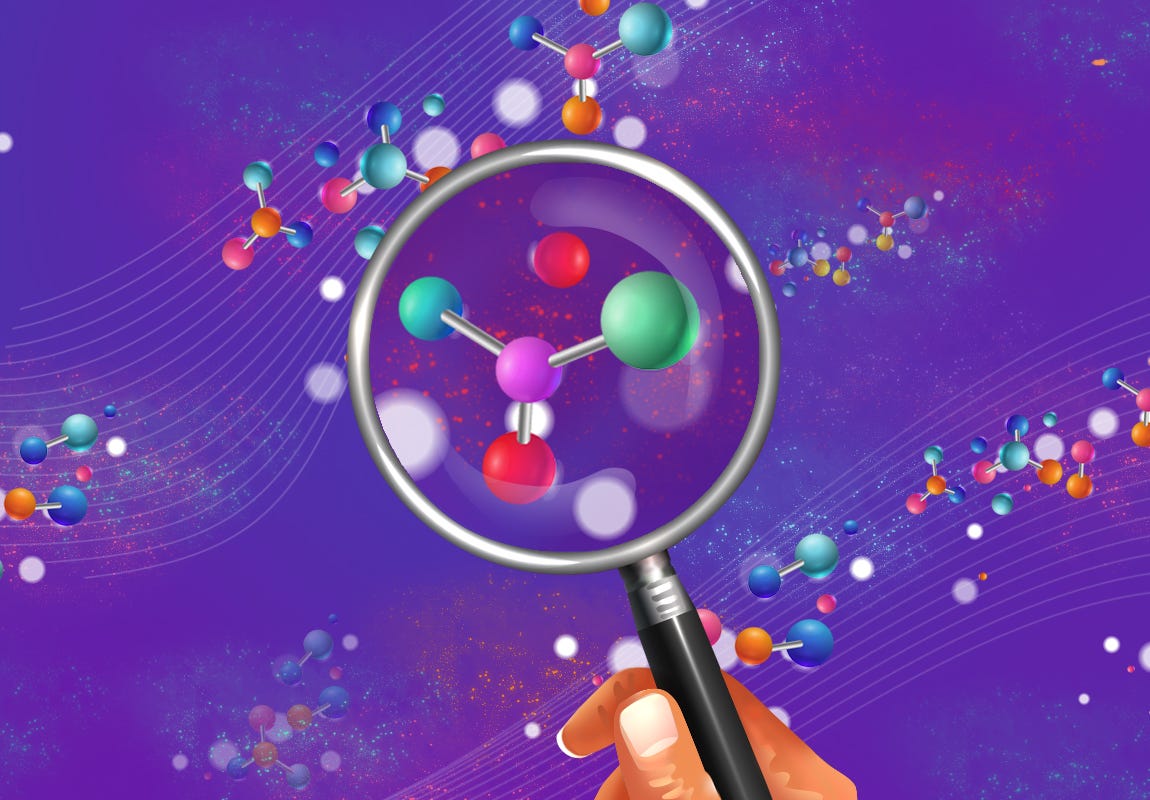Behind every invention, there will be something invisible to human knowledge. That is the beauty of science.
Every scientific research is the result of humans’ unending quest for knowing something new. Each one of us has hundreds of questions about the surroundings we live in. The most effective way to answer those questions about the universe and its related phenomena is science. We use the scientific method to find the answers. It is a cyclic process of research based on observations, analysis, findings, inference and predictions, all leading us to even more observations, analysis, findings, inferences and predictions.
In an academic space, teachers ask students to memorise a list of names, scientific terms and definitions regarding a subject. However, this process lacks a creative sense of scientific inquiry. In fact, what is needed is an educational model which promotes knowledge through asking questions and which will help science flourish well in societies.
The scientific method used for one invention will not be the same in the case of another.
Science should be approached with greater enthusiasm since it is believed that scientific questions lead scientists to new inventions. In this article, we will look into the scientific methods used by the scientists .
The scientific method
The scientific method is a process scientists use to discover the underlying principles and laws of nature. It is a highly complex and unstable process and are adopted by scientists in different ways.
The scientific method used for one invention will not be the same in the case of another. The scientific method may be broken down into four major steps namely, data collection, finding the structure, hypothesis, and prediction. Let us look at each step in detail.
Data collection
The first step in scientific research is data collection. To collect data, scientists use methods like observation, marking the measurements, and experiments. Data thus collected is then arranged in tabular forms, diagrams and in the form of pictures.
Finding the structure
This step involves the search for certain structures or layouts. Most scientists believe that there are exact, systematic alignments in the universe. It may be said that discovering such structures and alignments is an art after engaging in years of scientific research.
When a scientist mentions the term theory, it is clear that he is not saying something based on doubts but based on a well-tested assumption.
Scientists are able to find connections between what initially appears as different phenomena. For example, British physicist Michael Faraday has many different discoveries to his credit, like the shock of electric eel, lightning, and the static shock on cold, dry days. These are the different forms of the phenomenon called electricity. Like this, many such phenomena in nature have similar structures. Finding such similar structures is one of the important steps in the scientific method.
Hypothesis
The third step in the scientific method is arriving at an hypothesis based on collected data. The hypothesis that have been supported by evidence many times over becomes accepted science. Hypothesis in the form of mathematical equations are presented as laws. Kepler’s laws of planetary motion, and Newton's law of gravity are examples.
Hypothesis can also lead to theories. Darwin’s theory of evolution is an example. When a scientist mentions the term theory, it is clear that he is not saying something based on doubts but based on a well-tested assumption.
Predictions or statements
The next step in the scientific method is making statements or predictions using laws and theories. Scientists should be able to substantiate the characteristic features of things that adhere to a particular theory.
A scientific theory will be rejected if accurate predictions are not made using that theory. A single fact which defies a particular theory or law has the potential to discredit the theory altogether.
Preconception
We have seen that the scientific method consists of four major steps, but there is one more step that must be mentioned – it is a system of preconceptions about the world in which we live. Such preconceptions about us and our surroundings help scientists decide on what to study. It is on the basis of these preconceptions that they decide which questions to answer. For example, if we believe that life is present only on Earth, we would not be looking for life on other planets.
There are more important and interesting questions that remain unanswered in the scientific world. Only when people from different walks of life and from different social and cultural backgrounds enter the world of science that there will be different perspectives. The vitality of a scientific institution depends on the abundance and the diversity of questions asked. Similarly, the abundance of questions is also related to the diversity of backgrounds of the questioners.
Factors like creativity and imagination also play major roles in scientific methods.
Let us conclude this article with a fine example of the scientific method. Mendeleev’s Periodic Table, popularly known as Periodic Table of Elements, created by Dmitri Mendeleev, consisted of all elements discovered until that time. In the middle of the 19th century, only 63 elements and their properties where included in the Periodic Table when Mendeleev first created it. That was enough for him to analyse the structures and similarities of the elements. He assumed that these elements have an order, and divided them into groups on the basis of their similarities. On the basis of mass, he classified them from left to right.
According to their physical and chemical properties, Mendeleev divided the elements into columns from top to bottom. Some places in the table remained vacant at that time. For example, the 21st block was vacant, but now we have scandium in that place. However, Mendeleev’s Periodic Table made accurate predictions about the characteristics and properties of elements which had not been discovered then.
Scientific method is a cyclic process. The predictions we make at the end of a scientific research marks the beginning of the next question.
Now put on your thinking hats and think about the following questions for a couple of minutes. As a teacher, how do you describe the term “scientific method” to your students?Do you think factors like creativity and imagination also play significant roles in science?In your opinion, do you think current education systems lack a creative sense of scientific enquiry?
Write down your thoughts and discuss them with your students, children and your colleagues. Listen to their views and compare them with your own. As you listen to others, note how similar or different your views are to others’.
Thank you for listening. Subscribe to The Scando Review on thescandoreview.com.
Happy Teaching!













What is scientific method?